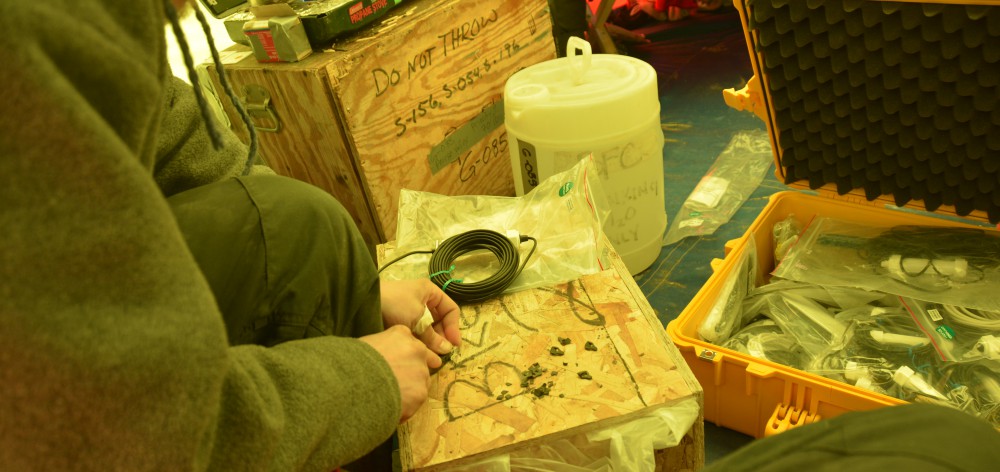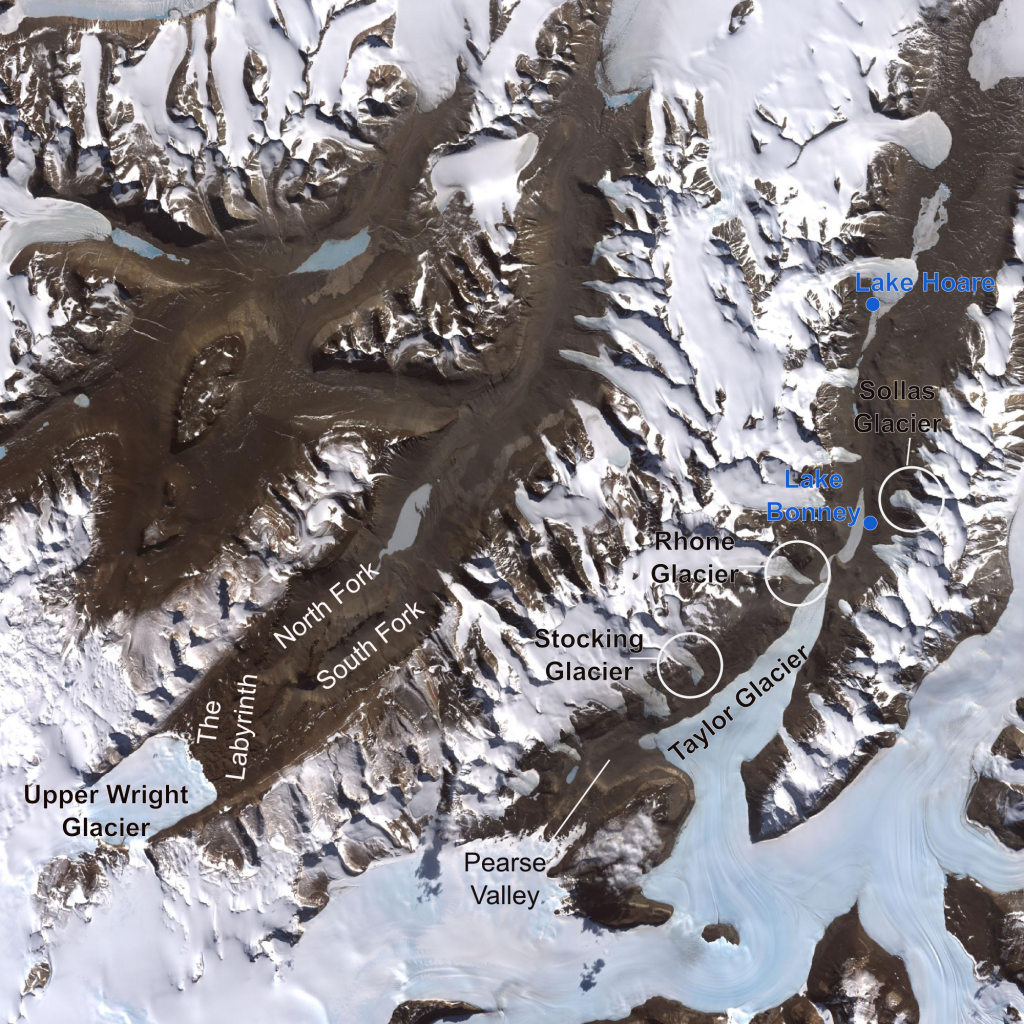We’re leaving for East Antarctica in a week, and I am exceedingly excited. I haven’t been there before. I know it’s going to be cold, with long strenuous days and probably not any ice cream. But I’m eager to go, especially because of the following:
- Dead Seals. Yes my friends, I hear there are places in Wright Valleys that are littered with the mummified corpses of dead seals. I’ve been told they get sick and crawl their way inland to die. Some of them have been gruesomely decorating this otherwise mammal-free (scientists not included) region for over 3,000 years.
- Blood Falls. Tied with “The Labyrinth” for the best name in the McMurdo Dry Valleys. There, salty water dyed orange with microbes gushes out of the nose of Taylor Glacier. I’m going to be camping right up the hill from this marvel of nature.
- Don Juan Pond. Don Juan Pond would be on my list simply because of its ridiculous name, but it’s also the saltiest lake in the world. I like saline lakes, and I can’t imagine why that affection wouldn’t scale with salinity.
- Ventifacts. In dry areas where rain and snow don’t contribute much to the breaking down of rocks, the wind can dominate. The wind sand-blasts rocks in the dry valleys, sometimes forming rock sculptures that are a very artistic blend of geometric and organic. These are called ventifacts.
- Patterned ground. One time, in Greenland, I found a little circle of stones about 2 meters across, half-buried in the mud. It was patterned ground, organized by the freeze-thaw action of permafrost. I was really proud of my find and have ever since looked favorably on patterned ground. In the dry valleys, it’s EVERYWHERE. And MUCH MUCH larger than 2 meters in diameter.
- Helicopter rides. Being in a helicopter is totally different from being in a plane, because you fly so much closer to the ground. I’ve only been in one once, but the sheer facility of admiring surficial geology from a helicopter seems to be unmatched. And I am guaranteed at least two helicopter rides, one in and one out, unless my field mates decide to just leave me on the continent.
- Flying feces. We are not allowed to put human waste into the environment, so it all has to go into barrels. The barrels fill up, then get helicoptered back out to McMurdo base. Which means our poo will be flying over some of the most majestic, pristine wilderness lands of the planet. Do not fear, I will dedicate an entire post to this process, once I experience the full flying feces effect for myself.
Pictures and further description of these things will have to await the treasured combination of field luck and internet access.

